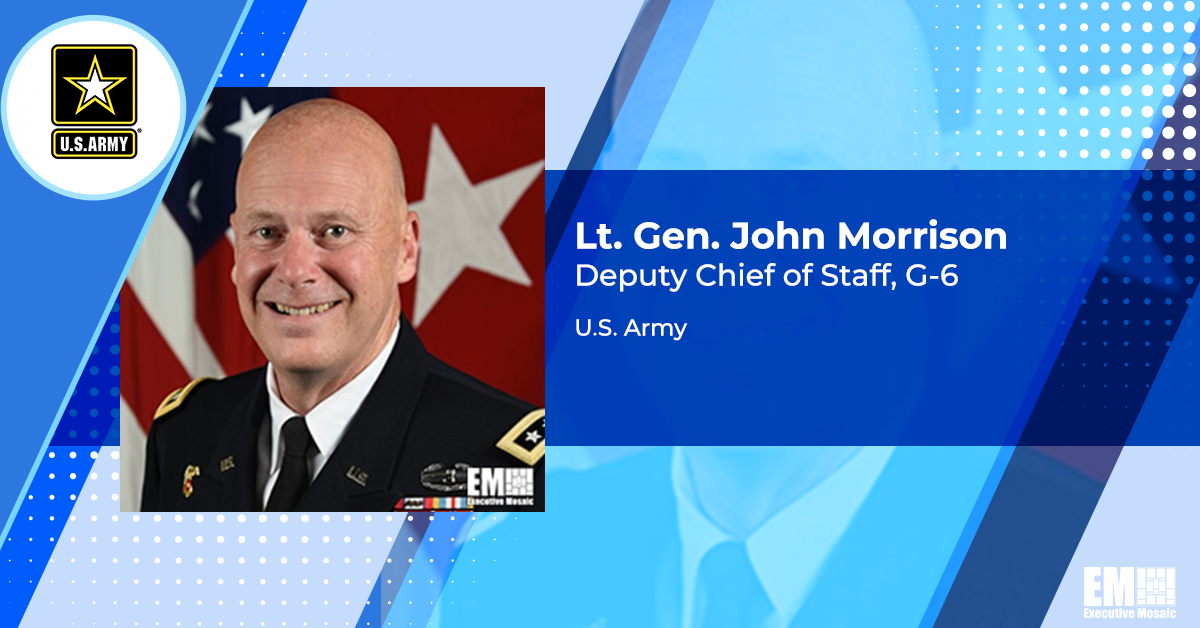In the U.S. Army’s exploration of how it can harness 5G networks, security has become of paramount importance.
The fifth generation of mobile networks, or 5G, was deployed globally in 2019 and offers major improvements from its predecessors, like lower latency, higher bandwidth and faster connectivity. But as the U.S. military and government agencies examine the applicability and opportunities surrounding 5G, cybersecurity is now a major focus area.
“As we start leveraging commercial capabilities — all commercial capabilities, whether it’s 5G or cloud access or cloud capabilities — we must bake in the ability to defend that data early and often. And understanding what those network architectures are is going to be absolutely critical,” said Lt. Gen. John Morrison, deputy chief of staff, G6 for the Army, during the Potomac Officers Club’s 5G Forum.
Morrison shared during the virtual event that he envisions a future in which commercial 5G infrastructure is so reliable and proliferated that one can walk onto an Army installation and the vast majority of that installation’s 5G infrastructure is provided by a commercial carrier.
But currently, security and open communication can sometimes serve as barriers to the Army’s full adoption or commercial 5G. Morrison said right now, the Army needs to better understand the cybersecurity baked into commercial 5G, and Army personnel need to be better informed about how to leverage it. In turn, the Army needs to improve the way it shares its requirements and needs for 5G.
“We really need to partner in this space and be very transparent with each other because we, as an Army, want to leverage these capabilities, we don’t want to be building our own,” said Morrison. “But we’ve got to have adequate security wrapped around it so we can operate in peace and competition — and if we have to go to conflict, that we’re postured to go into conflict.”
Morrison said he’s also seeing opportunity in space. “The integration of Satellite-as-a-Service kind of capabilities is definitely on our roadmap moving forward,” he explained. The Army is exploring the use of satellites in Low- and Mid-Earth Orbits, as well as traditional Geostationary Orbit, through its Project Convergence series. Morrison noted that this is a “very bright area” with tremendous opportunity.
Regarding the use of satellite services, Morrison said, “Where we need industry help is understanding the backend architectures of those capabilities. Security and cyber defense against that thinking adversary has got to be at the forefront of everything.”

Learn more about where cybersecurity is most important in the public sector during GovCon Wire’s Second Annual Cybersecurity In National Security Summit on Sep. 28. Bryan Vorndran, assistant director of the FBI’s cyber division, and David Frederick, executive director of the National Security Agency’s U.S. Cyber Command, are scheduled to keynote the summit. Click here to register.







